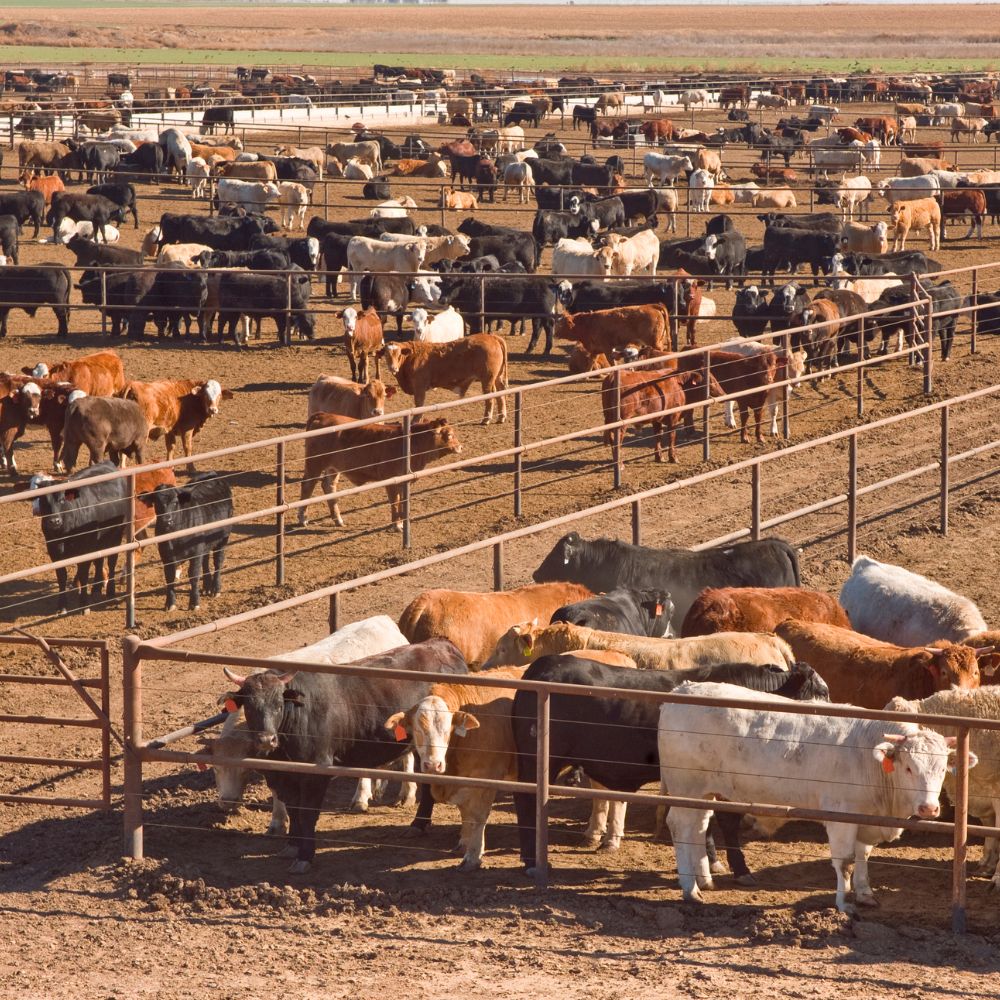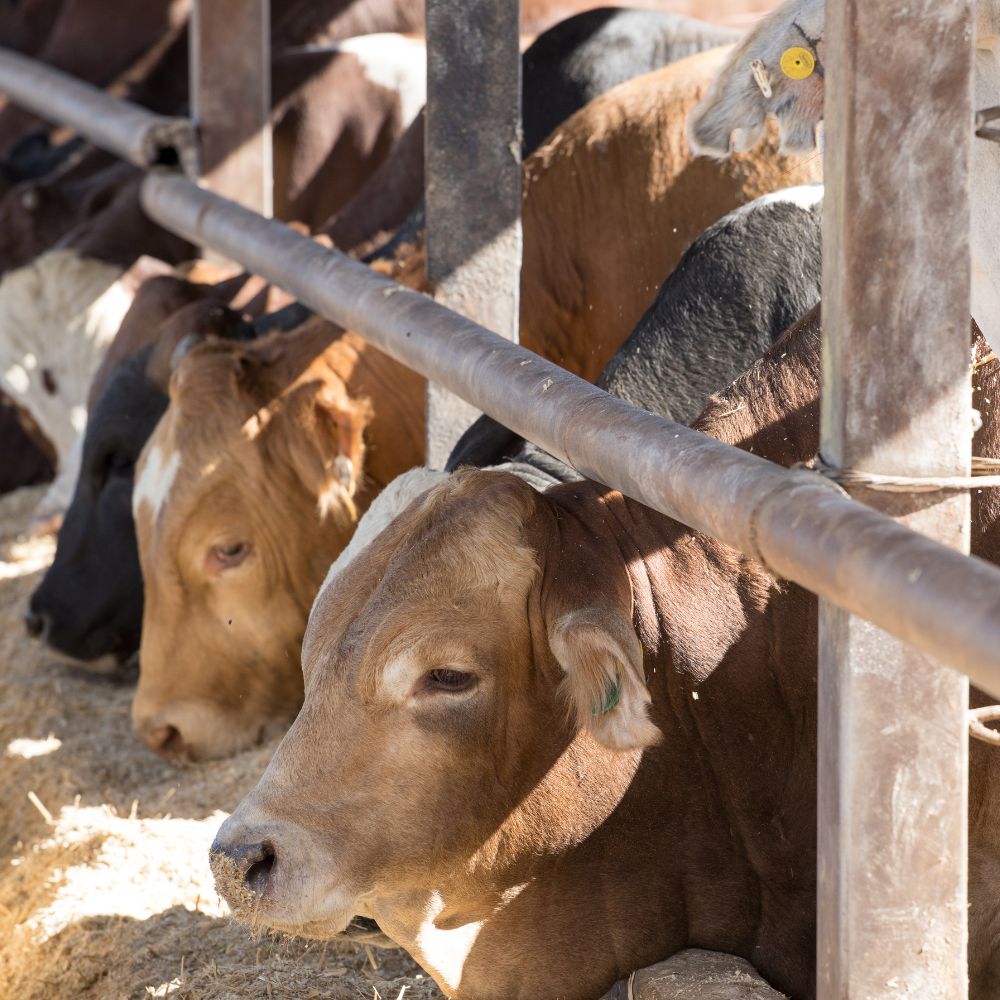The Greatest Guide To Bagley Risk Management
Table of ContentsThe 3-Minute Rule for Bagley Risk ManagementExamine This Report about Bagley Risk ManagementThe 2-Minute Rule for Bagley Risk ManagementBagley Risk Management Things To Know Before You BuyGetting My Bagley Risk Management To WorkSome Known Incorrect Statements About Bagley Risk Management
When your contract reaches its end day, the last price is determined utilizing the CME Feeder Cattle Index. This is based upon sale barns throughout the Midwest (not just your local market). If the index drops listed below your contract's coverage rate, you might be paid the difference. Price Adjustment Elements will use.Animals Danger Defense (LRP) is a USDA subsidized insurance policy program that aids shield producers from the dangers that come from market volatility. With LRP, manufacturers are able to guarantee a flooring rate for their livestock and are paid an indemnity if the marketplace value is less than the insured cost.
This item is meant for. LRP insurance.
Get This Report on Bagley Risk Management

In the last number of months, numerous of us at FVC and PCM have obtained concerns from producers on which risk management tool, LRP vs. Futures, is better for a pork producer? Like most devices, the response depends on your operation's objectives and circumstance. For this edition of the Dr.'s Edge, we will check out the circumstances that have a tendency to favor the LRP device.
In Mike's evaluation, he contrasted the LRP estimation versus the future's market close for each and every day of the past 20 years! The percent shared for each and every month of the offered year in the initial area of the table is the portion of days in that month in which the LRP estimation is less than the futures close or to put it simply, the LRP would possibly indemnify more than the futures market - https://www.edocr.com/v/kegjm5zj/bagleyriskmng/bagley-risk-management. (Livestock risk protection)
As an instance, in January 2021, all the days of that month had LRP potentially paying greater than the futures market. On the other hand, in September 2021, all the days of that month had the futures market potentially paying greater than LRP (absolutely no days had LRP less than futures close). The tendency that dawns from Mike's evaluation is that a SCE of a LRP has a greater probability of paying much more versus futures in the months of December to May while the futures market has a greater probability of paying much more in the months of June to November.
The 30-Second Trick For Bagley Risk Management

50 or $5. 00). As an instance, in 2019, LRP was better or within a $1. 25 of the futures market over 90% of the days in all the months except June and August. Table 2 depicts the typical basis of the SCE LRP calculations versus the future's close for the given amount of time per year.
Once again, this information supports a lot more probability of an SCE of a LRP being far better than futures in December via May for the majority of years. As an usual care with all evaluation, past efficiency is NO warranty of future efficiency! It is necessary that producers have accounting protocols in location so they recognize their cost of production and can much better establish when to make use of threat administration tools.
How Bagley Risk Management can Save You Time, Stress, and Money.
Some on-farm feeders may be considering the need for cost security currently of year on calves preserved with the intent to feed them to a surface weight sometime in 2022, making use of readily available feed sources. In spite of strong fed livestock costs in the present neighborhood market, feed costs and current feeder calf values still produce limited feeding margins moving on.
23 per cwt. The current average public auction cost for 500-600 pound steers in Nebraska is $176 per cwt. This recommends a break-even price of $127. 57 for the 1,400-pound steer in July of 2022. The June and August live cattle agreements on the CME are presently trading for $135. 58 and $134.
Cattle-feeding ventures often tend to have limited margins, like numerous farming enterprises, as a result of the affordable nature of business. Livestock feeders can bid extra for inputs when fed cattle prices climb. https://justpaste.it/9yzcy. This increases the rate for feeder livestock, in certain, and somewhat raises the prices for feed and other inputs
Bagley Risk Management Fundamentals Explained
Nebraska cattle are close to major processing centers. As an outcome, basis is favorable or zero on fed livestock throughout much of the state.
Only in 2020 did the LRP insurance coverage cost exceed the ending value by adequate to cover the premium price. The internet effect of having this LRP coverage in 2019-20 was considerable, including $17.
37 The producer costs declines at lower coverage degrees yet so does the insurance coverage price. The result is a lower web result (indemnity costs), as insurance coverage degree decreases. This shows lower effective levels of defense. Due to the fact that producer costs are so reduced at lower insurance coverage degrees, the producer loss ratios (indemnity/premium) rise as the coverage level declines.
Some Known Details About Bagley Risk Management
In general, a manufacturer should look at LRP insurance coverage as a system to secure result rate and subsequent earnings margins from a risk administration standpoint. Some producers make a case for insuring at the lower levels of coverage by focusing on the choice as a financial investment in danger administration protection.
